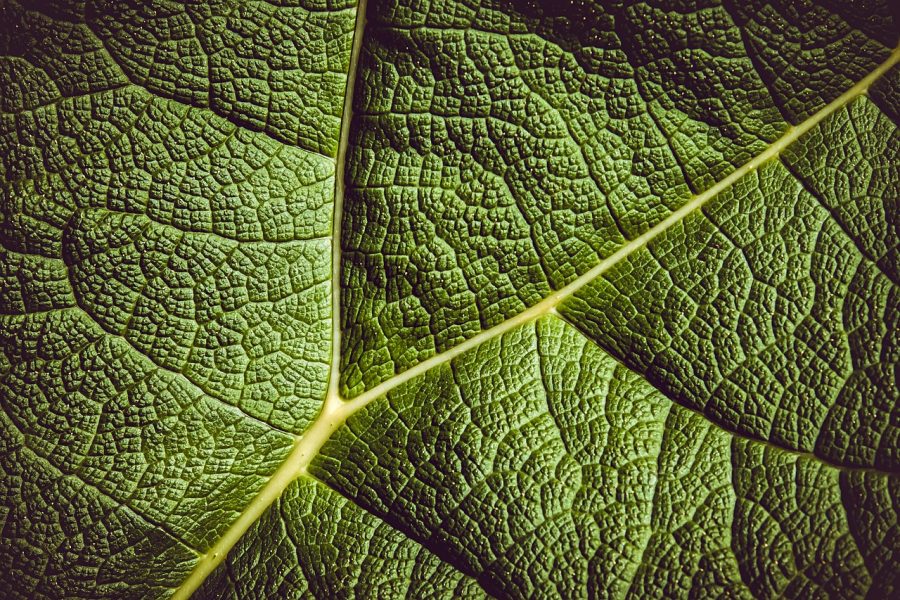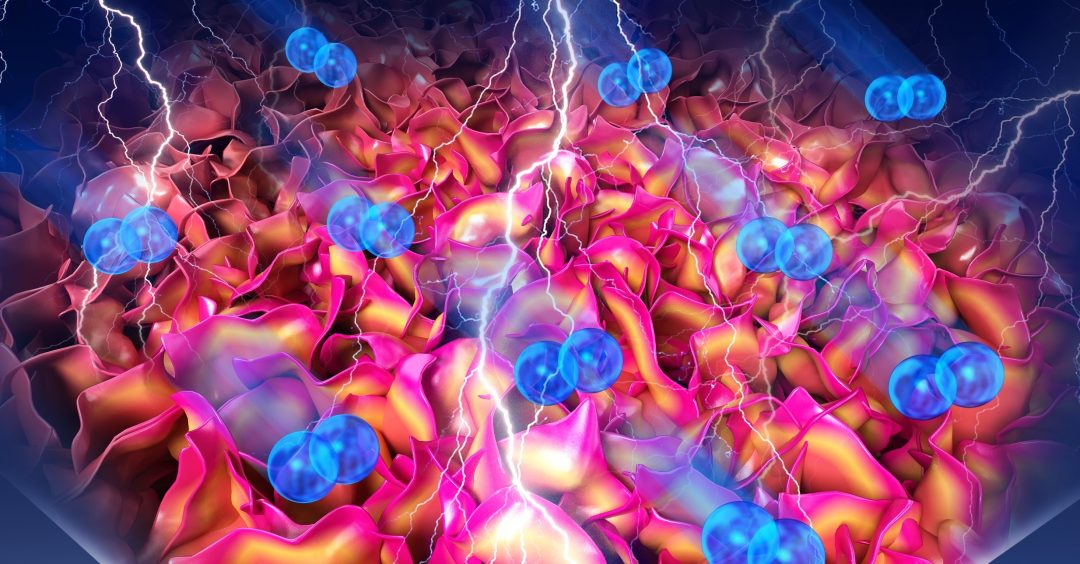Solid-state and calcium-ion technologies, new SEI concepts, and intercalation electrodes are at the top of the list for the latest advanced battery research.


Solid-state and calcium-ion technologies, new SEI concepts, and intercalation electrodes are at the top of the list for the latest advanced battery research.

The energy of single rain drops can now be harnessed to drive electronics by a hydraulic triboelectric nanogenerator.
Ships’ logbooks dating back to the seventeenth century have helped scientists to capture different features of climate during the last centuries previously unknown.

Researchers from the University of Science and Technology Beijing report a wearable self-cleaning/charging power system (SPS) that can harvest electrical energy from falling raindrops.

Lignin is a by-product of the Kraft pulping process and is typically burned for energy within the pulp and paper mill plant. Due to energy efficiency measures in Kraft pulp mills, its availability has recently greatly increased. This surplus lignin provides a readily available feedstock for conversion into a phenolic-rich bio-oil via hydrothermal liquefaction (HTL).

Working toward a world where your smartphone can be charged by your t-shirt.

Excellent photocatalytic activity is realized after using an ion implanter to dope titanium oxide with carbon and nitrogen.

An exploration of how travel can also be understood as something intimately connected to historic, economic and cultural influences.

Protonic ceramic fuel cells operate in an intermediate temperature range (300–600 °C), avoiding the problems faced by other fuel cell types. Enhanced peak power densities have now been generated using a microstructured anode and a very thin electrolyte.

Developing strategies to enable solar-light driven splitting of water.